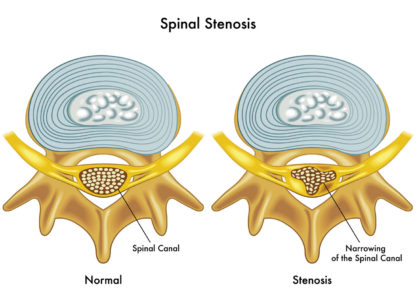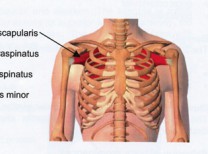Bending forward to put on shoes, a quick reach to catch a falling pencil, or even simply rolling over in bed. Typically, the onset of new low back pain is initiated by a seemingly harmless activity; all of a sudden you go from high functioning to debilitating pain.
As you begin to contemplate skipping work or missing your exercise routine, the notion of when you should go see a doctor typically runs through your head. Is this something that will go away on its own? Will pain relievers make it go away and allow me to return to my daily tasks? How long should I be resting?
Let’s take a look at all the standard options, starting with the wait and see approach. It is important to realize that approximately 80% of individuals will have low back pain at some point in their life, with only 1-2% requiring surgery and 5% progressing to chronic low back pain (pain for over three months). Common risk factors for the progression of acute low back pain to chronic pain include fear avoidance, or avoiding movement due to fear of increasing pain. However, studies show that the earlier one begins movement and exercise, the earlier they can return to their desired activities.
Next, let’s examine the option of visiting a medical provider for low back pain. Low back pain is the second most common reason to see a medical provider in the United States – just behind the common cold. Observation of treatment of individuals with low back pain shows a wide variety of treatment including prescribing medications, ordering imaging, referring to a specialist, and prescribing time off work and rest. Again, exercise has been shown to be the most effective treatment, and the earlier the exercise is performed, the better the overall outcome. Avoiding exercise and movement while waiting for provider appointments, injections and/or pain medication, referrals to specialists, and imaging may delay the patient in receiving optimal and timely treatment. Physical therapy by a qualified practitioner may be an effective option while waiting for these ancillary services.
So, let’s examine the physical therapy approach. A doctor of physical therapy follows a clinical prediction rule when working with individuals for new low back pain to determine which types of treatment will work best for each individual. Based on how you present your symptoms, your therapist will be able to determine if mobilizing and stretching your back, strengthening the supporting musculature around your back, and/or developing a conditioning program is best for you. All treatment options are designed to avoid bed rest and get you back to work, back to exercise, or back to lifting your children or grandchildren.
Starting in 2014, the physical therapy practice in California has changed. If you are a Medicare patient you can now see a doctor of physical therapy at the onset of your back pain. There is no longer any reason you have to wait to see your physical therapy movement specialist to get on the road to a quick and efficient recovery.
Alan Eldridge is a Board Certified Orthopedic Specialist with the Avid Physical Therapy clinics of the Coachella Valley. He also works with the Loma Linda Orthopedic Residency Program and has conducted several areas of research that have been presented at the American Physical Therapy Association (APTA) annual conference. Alan can be reached at (760) 202.0368 or aeldridge@avidphysicaltherapy.com.
Sources: 1) Delitto et al. Clinical Practice Guidelines Linked to the International Classification of Functioning, Disability, and Health From the Orthopaedic Section of the American Physical Therapy Association (J Orthop Sports Phys Ther 2012;42(4):A1-A57. doi:10.2519/jospt.2012.0301).; 2) Childs J, Flynn T, Wainner R. Pain. Do the Right Thing and do it Now. Journal of Orthopaedic & Sports Physical Therapy, 2012, Volume: 42 Issue: 4 Pages: 296-299 doi:10.2519/jospt.2012.0105












































Comments (0)